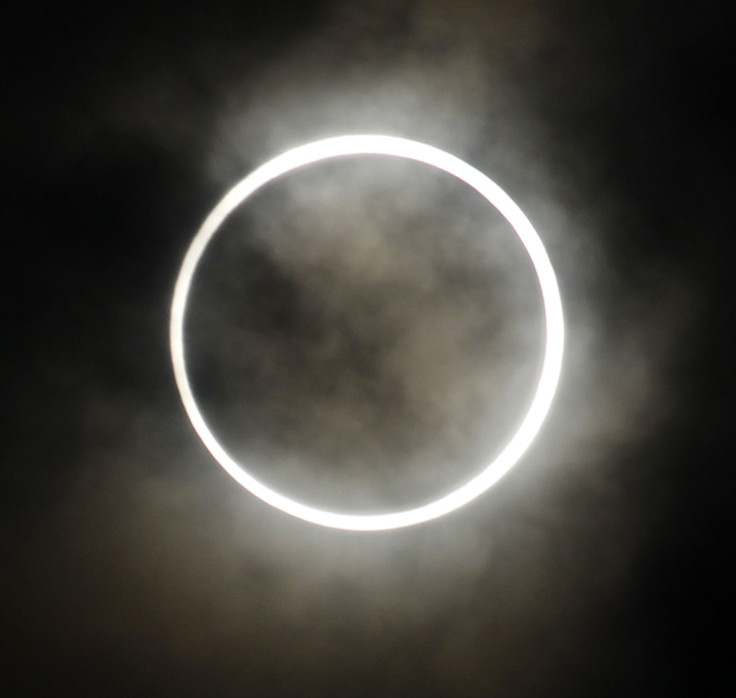How To Watch The 'Ring Of Fire' Solar Eclipse

KEY POINTS
- A "ring of fire" solar eclipse will occur this coming weekend
- Those who want to see it in the places where it will be visible must use proper eye protection
- Those in places where it will not be visible can witness the event via livestreams
An annular solar eclipse will grace the skies this weekend, when people in some parts of the world will get to witness a "ring of fire" celestial event. Although it will not be visible in the Americas, there are still ways for people to watch it live.
Eclipses never come alone, and another one will grace the skies this weekend, just two weeks after the penumbral lunar eclipse. Starting at around 3.45 a.m. UTC on June 21 (11.45 p.m. ET, June 20), an annular solar eclipse will be visible across a long but narrow path across the world.
While it is similar to a total solar eclipse in that the moon will be directly in front of the Sun, the former will be too far from the Earth to completely cover the visible disk of the Sun, thereby resulting in a ring of light around the Moon's shadow.
Starting in Africa, the path of the eclipse will move toward China before ending in the Pacific Ocean. It will be visible in the southern Arabian Peninsula, central Africa, Pakistan, South Central China and Northern India, while those in parts of Asia, Europe, Australia and the Pacific and Indian Oceans will witness a partial eclipse.
This eclipse will be visible for about 3.75 hours, with each location it will pass treated to about a minute and a half of the eclipse. However, at the location of the Greatest Eclipse in Uttrakhand, India, the annularity will last for just about 38 seconds.
That said, those who will watch the event live in the areas where it will be visible must have the proper safety measures as looking directly at the Sun, even for just a few seconds, may cause serious eye damage and even blindness. According to NASA, items such as sunglasses, color films, medical X-ray films, smoked glass or floppy disks must never be used to view an eclipse.
To safely watch an eclipse, whether total or partial, it is important to wear proper eclipse glasses, whether bought or home-made, or perhaps view the event via projectors or by using solar filters designed for eclipses.
Before using any of these, it is important to check the items for damages, punctures or scratches as these could compromise their efficacy to protect the eyes while viewing the eclipse.
Those who are not in the areas where the eclipse will be visible, such as those in the Americas, may still witness the event live via livestreams, for instance via TimeandDate or the Virtual Telescope Project. However, they will have to stay up late as these will begin later in the evening. The Virtual Telescope Project, for instance, will begin the live broadcast at 10:30 p.m. PT on Saturday evening.
Even so, they may want to take advantage of this weekend's ring of fire eclipse, as the next one will be in 2021, while the next Great North American Total Solar Eclipse in 2024 is still years away.

© Copyright IBTimes 2025. All rights reserved.






















